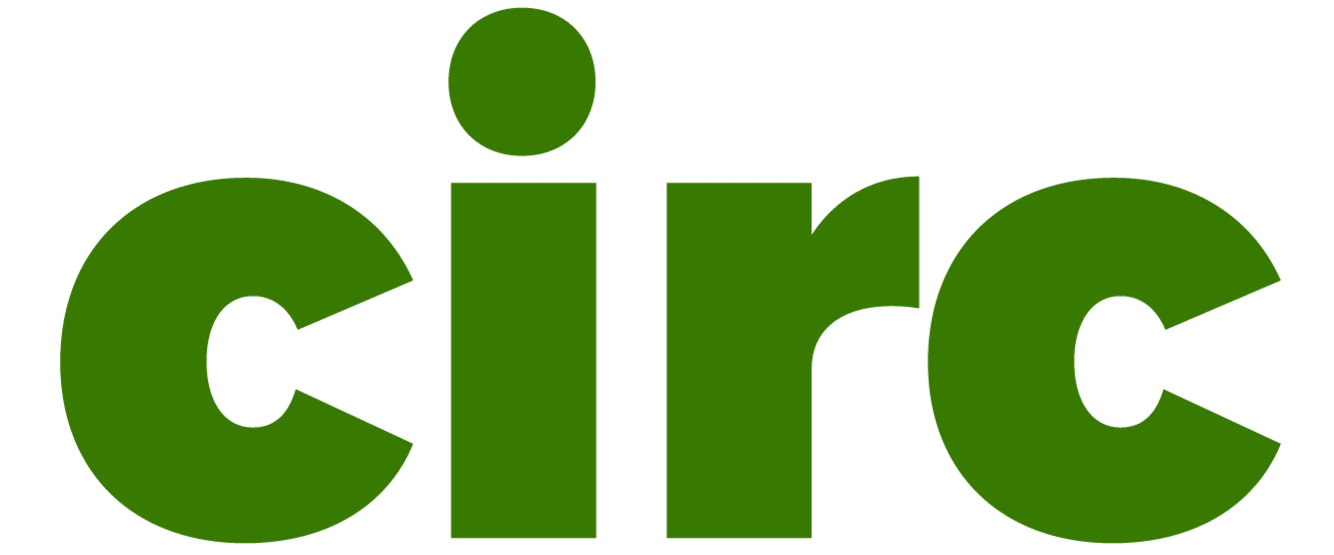Trying Something New
After visiting the adult learning center, I began to wonder what a multimodal math classroom would look like, and I drafted a proposal for how it might work. I called it School of One and shared the draft with Joel Klein, the New York City Public Schools chancellor, for whom I was by then working. He took to the idea and helped to raise the initial funding to get it off the ground.
Here is how it worked:
At the beginning of the school year, each participating student took a diagnostic assessment that generated a personalized set of math skills (including procedural, conceptual, and applied understanding) to work on over the course of the school year. That list could include a combination of pre-grade, on-grade, and post-grade skills, depending on each student’s baseline.
When it was time for math, students would enter the math center (often several combined classrooms set up with multiple learning stations) and view an airport-like television monitor that displayed their name and which station they should report to. The stations were designed to support different learning modalities, including teacher-led instruction, collaborative learning, real-world tasks, and independent learning.
Each day, students would work on a specific skill through two different modalities before taking an online “exit slip” assessment and then transitioning to their next subject. The data from the exit slip fed a sophisticated scheduling engine, which in turn generated recommended plans and student groupings for the next day based on what each student now understood.
In effect, it was an approach to math education oriented around personalized competency-based learning (PCBL) instead of grade-levels.
It was also a hit. Time named School of One a “Best Invention of 2009,” and, with the support of several national funders, we later spun the idea out of the New York City Department of Education into a new nonprofit (New Classrooms) and renamed the program Teach to One so we could begin to expand to other schools and districts across the country.
Over the next eight years, the program expanded to serve more than 100 schools across 20 states. National and local press wrote extensively about the program, and hundreds of visitors from all around the world came to see it in action. Most importantly, a third-party study showed students learning 23 percent more than the national average and 53 percent more in schools where the conditions allowed for higher levels of implementation fidelity.


